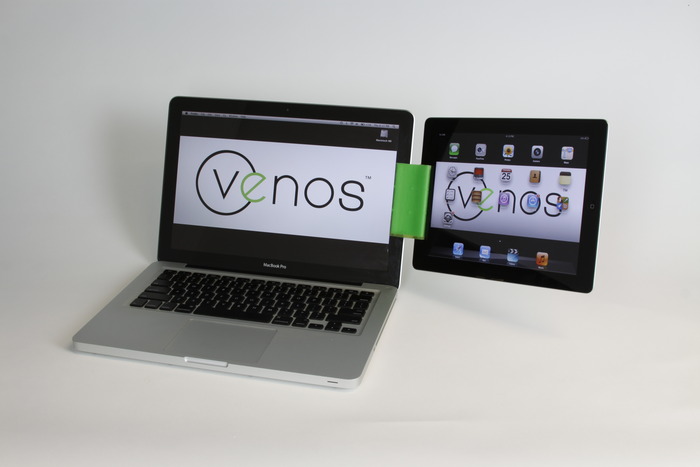The tablet computer known as the Asus Eee Pad Transformer created enough splash in early 2011 to merit serious attention from people on the look-out for such a product. It features a 10.1” IPS multi-touch screen and an Nvidia Tegra 2 system-on-a-chip. The manufacturer also offers an optional docking keyboard that converts the tablet into a laptop computer. It originally used a modified version of the Android 3.1 Honeycomb but has since been updated to improve its compatibility with various applications. The Transformer has also been released with the promised update using the Android 4.0 Ice Cream Sandwich.
Before the year 2011 ended, the Transformer’s successor came out boasting of yet a slimmer design and the quad-core Nvidia Tegra 3 chip. With the Android 4.0 in place, users marveled at how much can be done with the Transformer Prime tablet in the area of work and play. Games have been optimized for graphic performance and video-editing has never been better. Even before it has the chance of exhausting its target market, the new version of the Transformer Prime is expected to come out sometime this year with an upgraded screen, enhanced Wi-Fi, Bluetooth and GPS performance, and a boosted front camera.
The Transformer’s strong showing in its market is credited to its ability to respond to the two most common criteria required by tablet users – power and style. It sports a classy and expensive look with its thin frame suggesting anything but delicateness or frailty. It is as tough as any mobile gadget consumers want them to be. After-all, who would want to be burdened by the need for extra-ordinary care in highly-mobile situations?
Power is provided by the quad-core processor which offers five times the capability of its predecessor. The obvious winners in this product are the gamers who will never say no to proposition of better configurations for their games. Hopefully, we will see other benefits of this technology soon.




